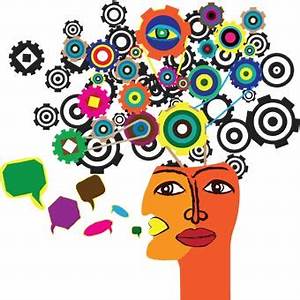Stuttering is a speech disorder characterized by the involuntary disruption of verbal fluency. It is relatively common, with as many as 55 million people worldwide being affected by the disorder. Severe cases of stuttering can be virtually debilitating. Those who stutter can find themselves avoiding social situations or not progressing in academic or professional careers, with detrimental socioeconomic implications over time, because of impaired communication, speaking and presentation skills. Emotional well-being suffers and feelings of helplessness can be overwhelming as feelings of shame, self-loathing and poor self confidence can become a quagmire of defeat.
There is significantly more hope for treating stuttering than ever before. Stuttering is in fact a manageable disorder for many. Winston Churchill, one of history’s most famous orators, had a stutter. The same is true of Emily Blunt and Samuel L. Jackson, two of Hollywood’s biggest stars, and many others as well. Today’s treatment options are far ahead of the ones available decades ago.
Before exploring treatment options, it is important to understand that stuttering is a complex issue that does not have a singular cause. This is because stuttering is a symptom, not a disease, and it rarely exists in isolation. One survey recently found that 62.8% of children with stuttering disorders have co-occurring speech disorders, language disorders, and non-speech-language disorders. There is also a strong correlation between stuttering disorders and anxiety disorders, as one tends to reinforce the other when both are present.
What Causes Stuttering?
There have been numerous theories about the causes of stuttering over the centuries. Prior to the twentieth century, it was often assumed that stuttering disorders arose because of physical abnormalities. Theories in the twentieth century, conversely, presumed the causes to be psychogenic. More recent studies, however, have revealed that there is a strong genetic component to stuttering disorders, which would indicate that, while environmental stressors may trigger stuttering episodes, they are not the root causes of the disorder.
Our understanding of stuttering disorders made a dramatic shift when researchers began to draw parallels between stuttering and Tourette syndrome, a neurological disorder characterized by involuntary tics that are either verbal or non-verbal. Tourette syndrome has long been associated with elevated levels of dopamine, a chemical in the brain that is vital to the function of the basal ganglia, the network of brain structures that control movement. Medications that address the hyperactivity of the dopaminergic system have reduced the symptoms of Tourette syndrome. When patients with stuttering disorders were provided similar medications, the effects were equally positive.
Dopamine may play a significant role in stuttering disorders, but studies that rely on noninvasive brain imaging techniques have revealed that there are also structural components to stuttering disorders that arise as the brain develops. These studies have shown that the right hemisphere of the brain in stutterers is hyperactive, and that this hyperactivity is likely taking place as a form of compensation because of signal misfires in the left hemisphere between the central and the frontal cortices. Surprisingly, researchers have discovered that the manner in which these parts of the brain communicate can be effectively recalibrated by introducing an external auditory signal—whether through chorus reading, metronomic reading, or singing. These external cues have been shown to allay the effects of the misfires and to cause an instantaneous reduction in stuttering.
Treatment
Because numerous factors can give rise to stuttering, there is no single way to treat the disorder. It must be approached holistically with a combination of therapies and medications that are unique to each patient. At the Center for Integrative Wellness, such individualized treatments are designed to both mitigate hyperactivity of the dopaminergic system and address any co-occurring disorders. This holistic approach has proven effective at reducing not only stuttering symptoms, but also the symptoms of any concurrent language disorders, speech disorders, or anxiety disorders.


0 Comments on "Stuttering: More Treatment Options Than Ever Before"